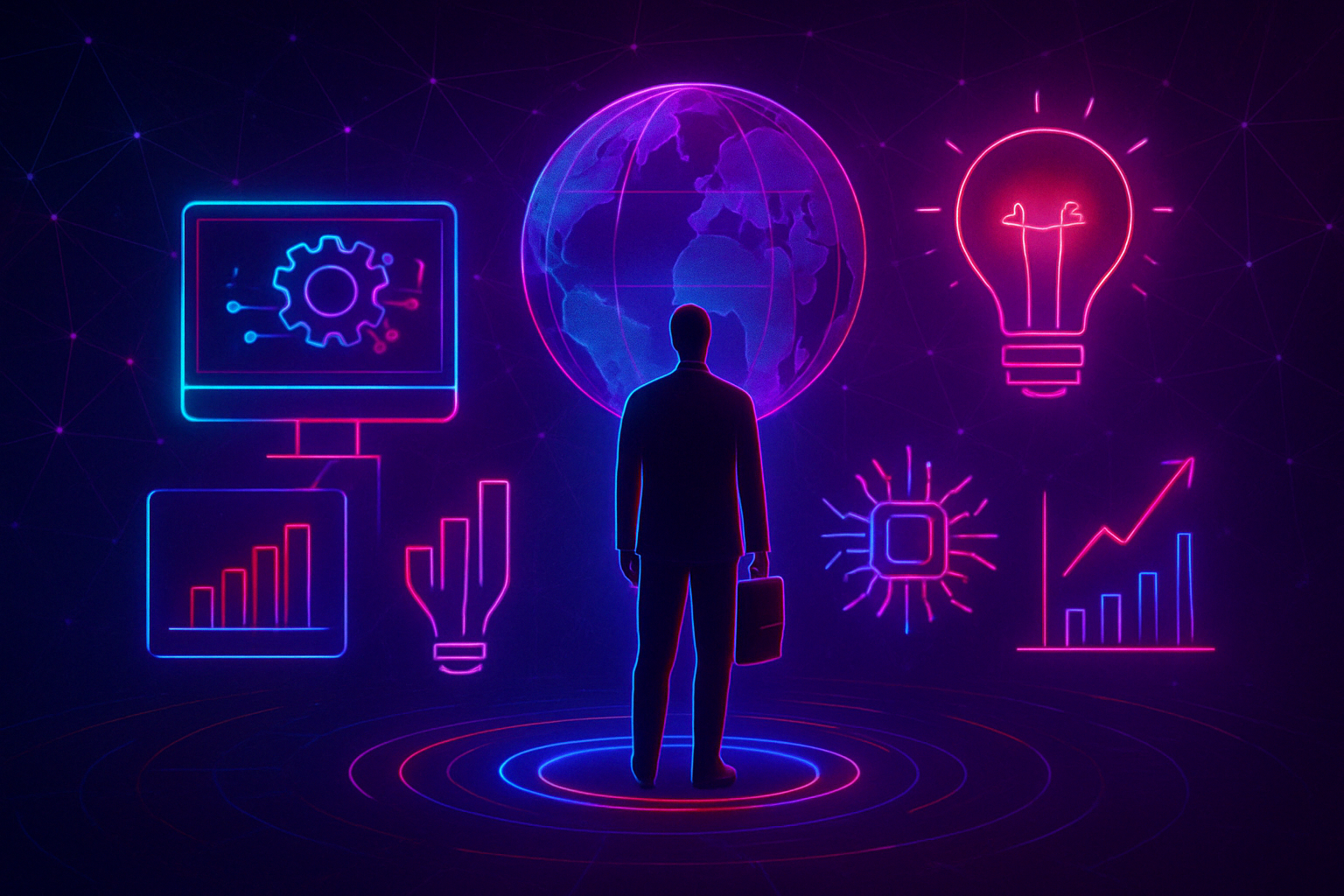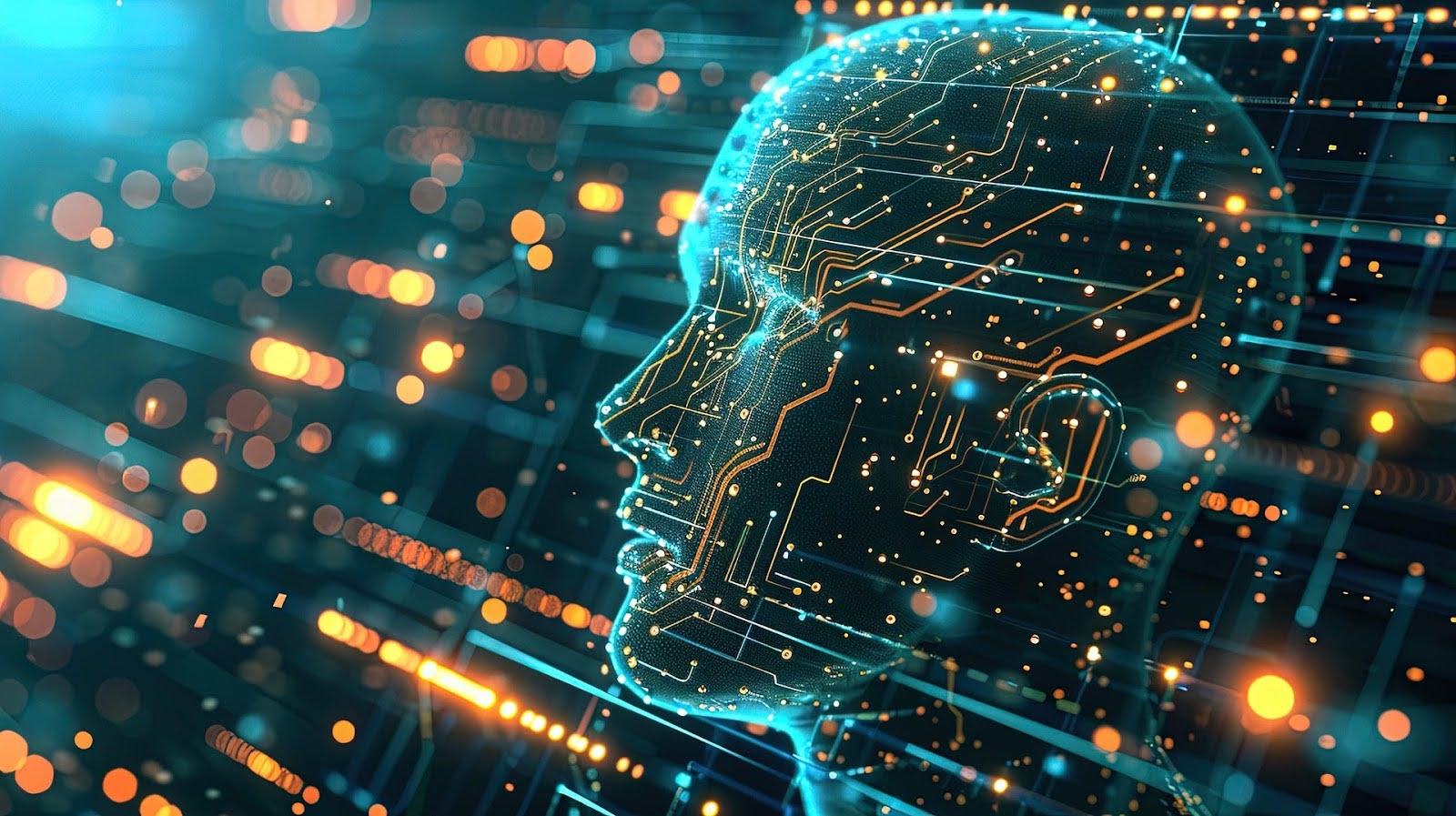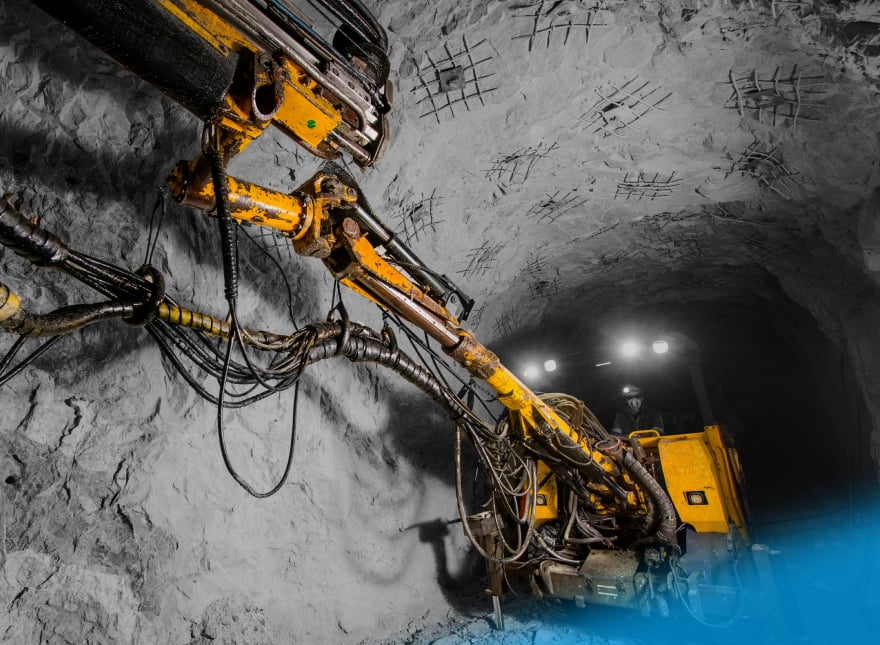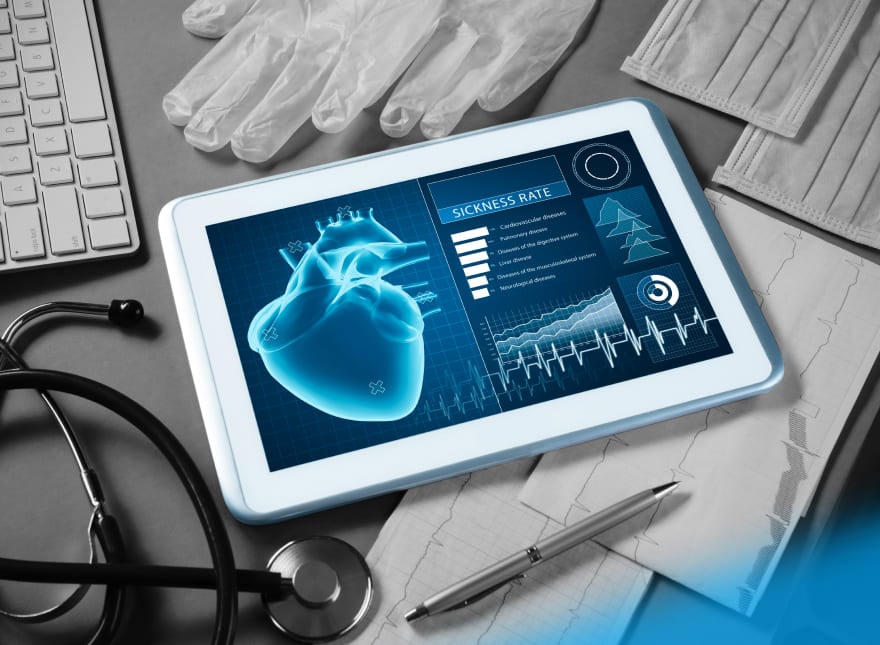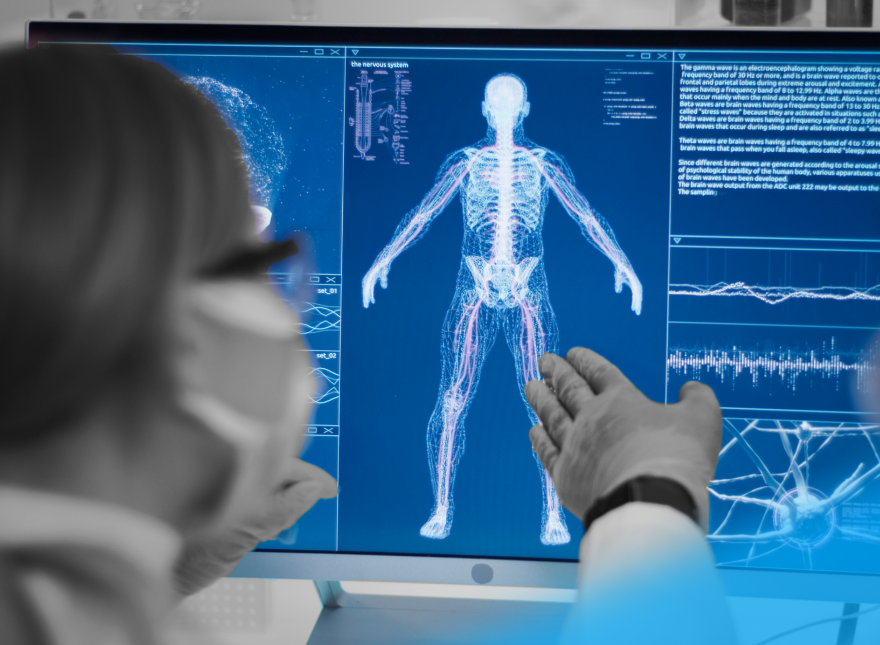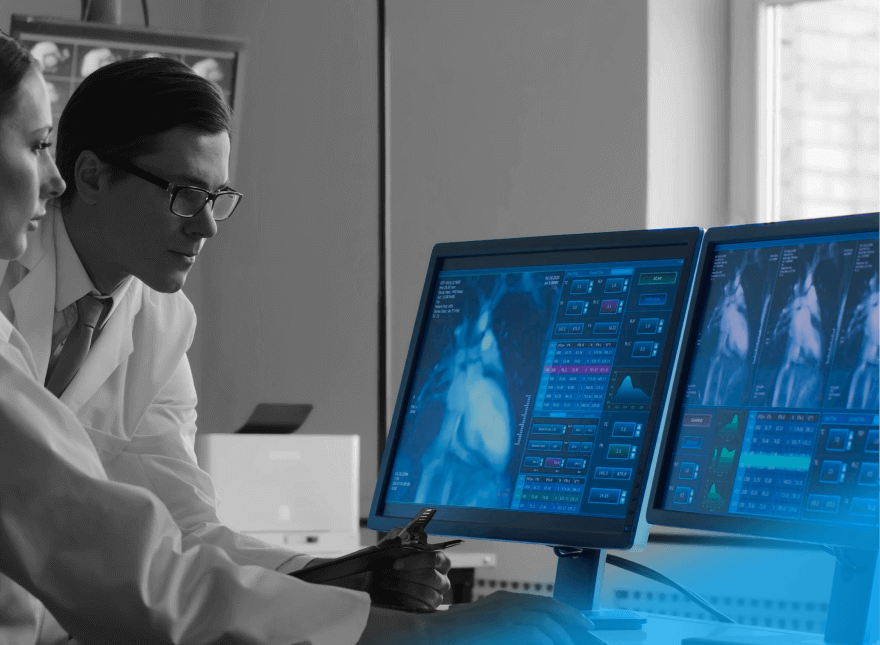Check out our latest blog article: From component to enterprise – modular robotics done right.
Smart Water Management with IoT: Key Application Areas
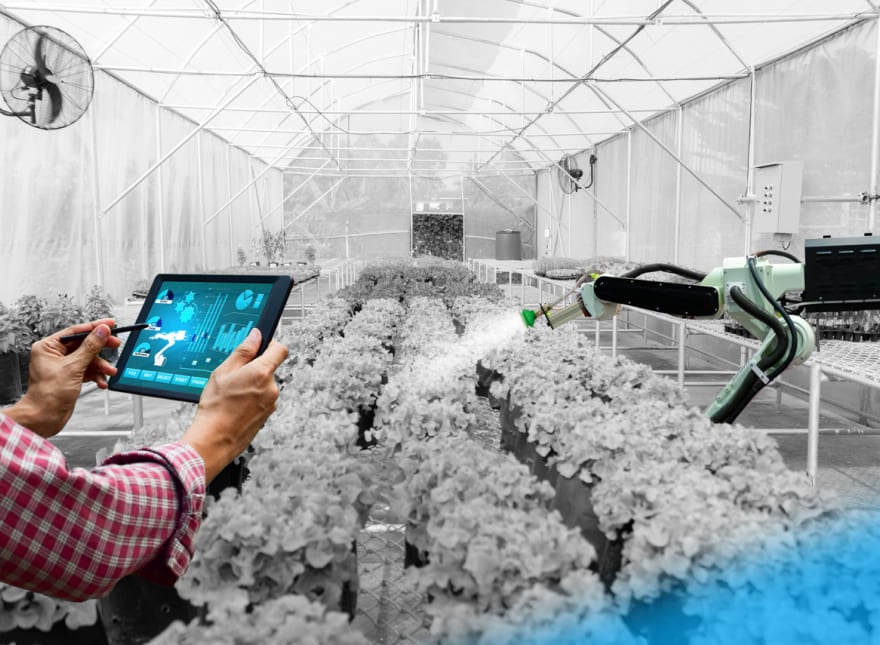
Unpredictable water supply, worsening scarcity, and pollution are among the most pressing challenges of climate change and they persist whether you're running an agricultural operation or overseeing a city.
But knowing where to begin with improving efficiency and taking on more green initiatives is another significant challenge.That's where smart water management using IoT steps in.
Among its many perks, IoT technology helps maintain the highest water quality. Smart sensors ensure essential equipment like pumps and pipelines are running smoothly, offering some peace of mind. Plus, IoT services let you handle wastewater disposal safely and in compliance with regulations.
4 Key Applications of Smart Water Management Systems
Smart City Water Management
It’s important for city administrators to stay on top of water supply, consumption, and infrastructure. With IoT, the water supply chain becomes more transparent and easier to manage from beginning to end.
Thanks to sensors, a smart city water management system gathers real-time data, providing insights into water distribution across the network. Residents with smart meters can make more informed choices, leading to a greener, more sustainable city overall.
Water waste and supply disruptions can put a strain on a city's budget. IoT comes to the rescue by helping monitor water equipment health and spotting issues like pipe leaks. This allows for quick alerts and fixes. And with AI predictions, you can prevent problems before they become major headaches. Plus, AI helps monitor potential flooding areas, giving local authorities live updates to help them warn residents if necessary and keep the city running smoothly.
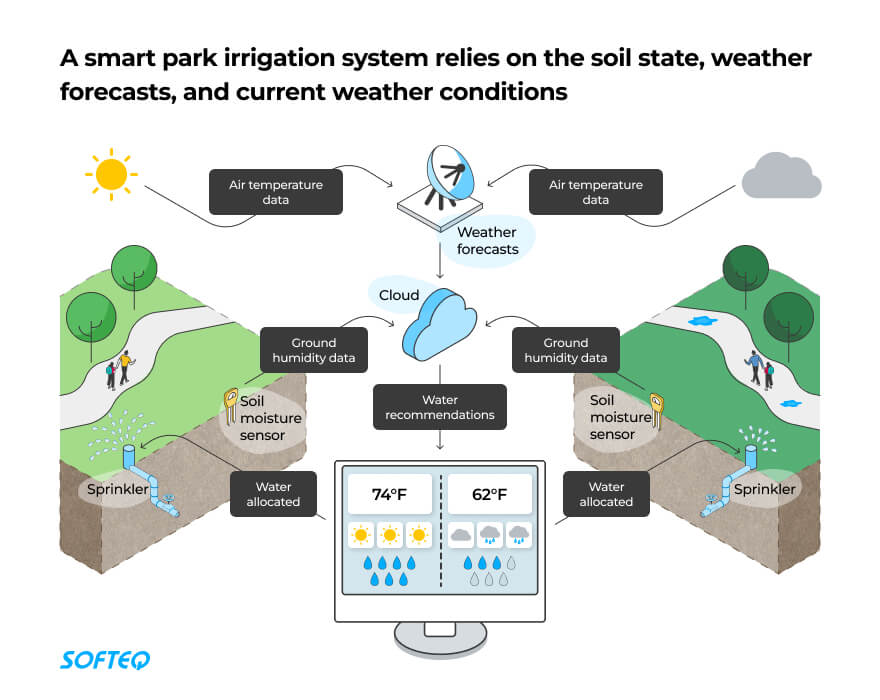
Real-World Example: Smart Irrigation in City Parks
In Cartagena, Colombia, municipal parks and gardens are equipped with smart irrigation systems. These systems calculate each area's water needs based on soil conditions, weather forecasts, and irrigation schedules. If anything goes wrong, like a leak, authorities get notified immediately, complete with the location.
Main benefits
- Improved transparency in water management
- Fewer incidents
- Better control over water supply
- Savings for the city budget
- Enhanced city sustainability
Water Quality Management System
Monitoring the quality of our water is essential for public health. Rivers, lakes, and reservoirs can harbor contaminants that pose risks to us all. With IoT, we can monitor and analyze water quality more effectively, ensuring it meets regulatory standards.
A water quality management system using IoT tackles quality issues head-on. Compared to manual sampling and analysis, which is costly and time-consuming, IoT sensors offer a more simple solution. They measure various parameters and send regular data updates, allowing for remote quality control.
Real-Life Example: River Water Quality Monitoring
In Atlanta, Georgia, Ericsson and AT&T's solution monitors water quality in the Chattahoochee River, which supplies drinking water to four million citizens. IoT helps authorities check water quality while sensors measure key factors like conductivity and temperature.
Main benefits
- Improved water quality
- Cost savings on manual analysis
- Reduced need for labor
- Remote quality control
- Compliance with regulations
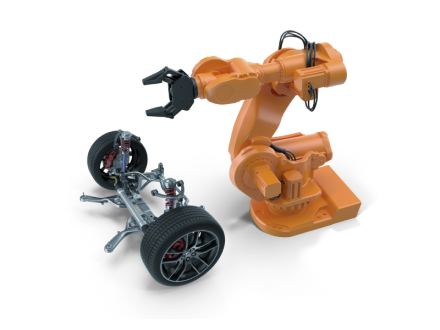
Water Level Monitoring and Dam Management
Dams play vital roles in water supply, flood control, and more. Monitoring them traditionally can be complex and time-consuming but IoT offers a simple solution.
IoT sensors, including ultrasonic and pressure sensors, help monitor dam function and detect leaks instantly. Predictive technology provides early warnings to ensure operators are up-to-date on water availability and the remote gate control eliminates the risk of sending staff out during severe weather.
Real-Life Example: Smart Dam Monitoring
In Bulgaria, a ThingsLog solution monitors over 100 dams in the region. IoT sensors monitor water levels and send alerts of potential flooding. This smart system not only saves time and resources but eliminates manual calculations as well.
Main benefits
- Real-time water level monitoring
- Improved dam function
- Faster decision-making
- Faster decision-making
- Saved time and resources
- Minimal human involvement
Smart Water Management for Agriculture
With a growing global population, efficient water usage in agriculture is more critical than ever. IoT-based systems help farmers optimize water usage, boost crop yields, and save resources.
By monitoring multiple parameters like temperature and soil moisture, IoT sensors accurately calculate crop water needs. Plus, AI planning and real-time data updates allow farmers to make informed decisions and save water, fertilizer, and energy.
Real-Life Example: Smart Irrigation Management
Galcon's Galileo System optimizes irrigation for open farmlands and greenhouses. With customizable irrigation programs and remote control features, farmers can manage water usage efficiently, resulting in higher productivity and better-quality crops.
Main Benefits
- Increased agricultural productivity
- Reduced water waste
- Efficient resource usage
- Automated processes
- Optimal farm labor
Smart water technologies offer transparency and control throughout the water supply chain, benefiting various industries across different cities. With IoT capabilities, managing water production, distribution, and consumption becomes more efficient and compliant with regulations.
If you're seeking guidance on how to optimize your water operations, Softeq is here to help. With expertise in hardware design, software, and embedded systems, we would love to be part of your next project.
More articles on the topic
